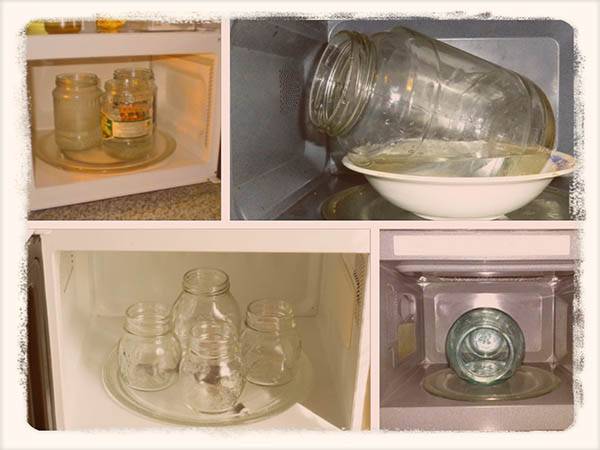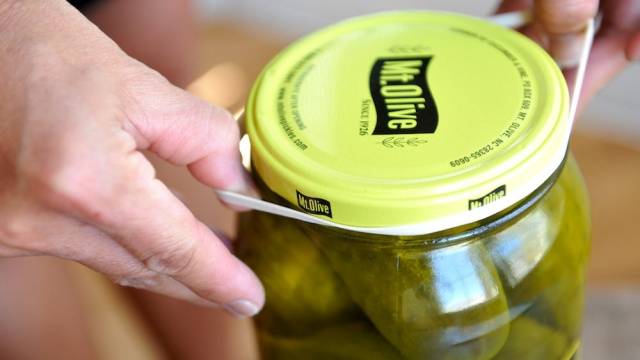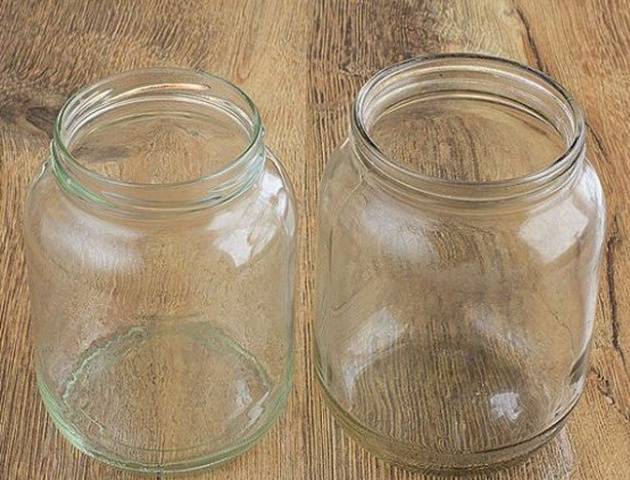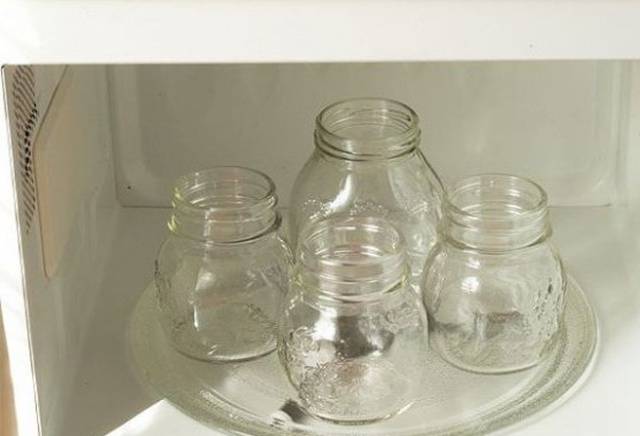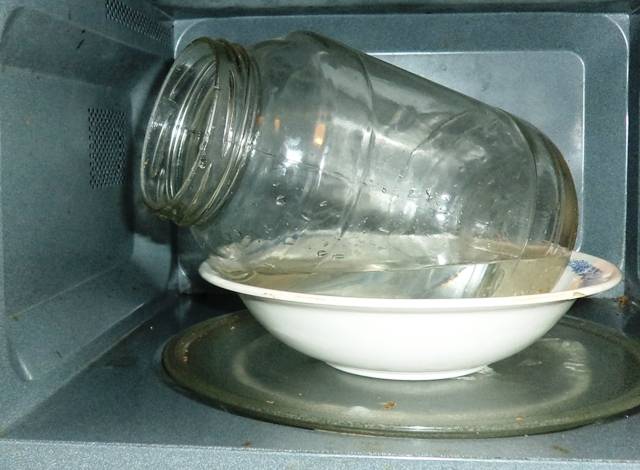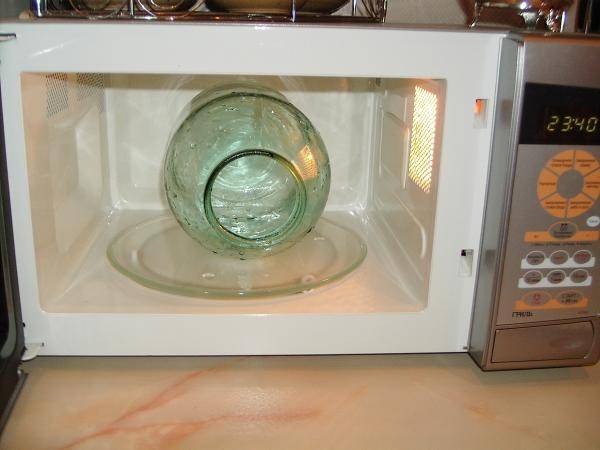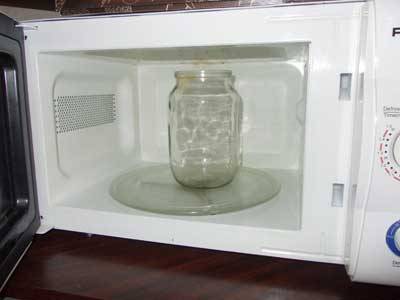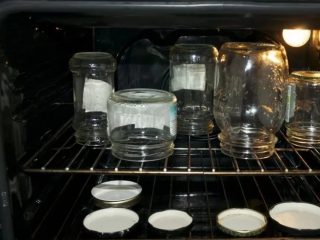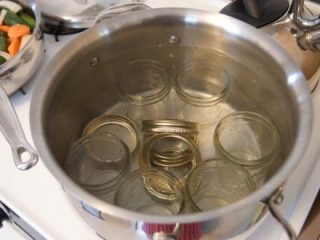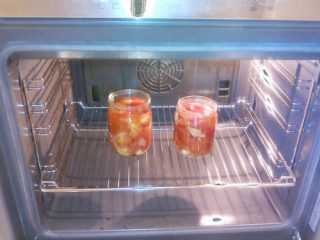Content
Preparing canning is a rather labor-intensive process. In addition, it takes a lot of time not only to prepare the preparations, but also to prepare the containers. To speed up this process, many different methods have been invented. Some sterilize jars in the oven, others in a slow cooker. But the fastest method is sterilization of jars in the microwave. In this article we will talk in detail about how to do this correctly.
Why sterilize jars
Sterilization of jars and lids is an essential step in the canning process. Without it, all efforts can go down the drain. It is sterilization that guarantees the safety of workpieces for a long time. Why can't you just wash the containers thoroughly? Even with very thorough washing it is impossible to get rid of all microorganisms. They can be completely harmless to human health and life. But over time, the waste products of such microorganisms can pose a great danger.
Accumulating in closed jars, they become a real poison for humans. It can be difficult to notice the presence of such bacteria, since at first glance the product may seem quite suitable for consumption. Surely everyone has heard such a terrible word as botulism.This infection can be fatal. And the source of this toxin is precisely preserved food that was stored incorrectly.
Therefore, glass containers for workpieces must be sterilized. This is the only way to protect yourself and your family from harmful microorganisms. You can read below about how to do this correctly and quickly. In addition, you can see photos of this process, as well as a video.
How to sterilize jars in the microwave
First of all, you need to thoroughly wash each jar. Don't skip this step, even if the jars look clean. It is recommended to use regular soda. Then the containers are dried, left upside down on a towel.
It can be difficult to find time for preparations, as it usually takes a lot of time. Housewives have to spend hours preparing vegetables and fruits. So you also need to boil each jar. But I really want to prepare as many goodies as possible for winter. In this case, sterilization in the microwave is a real salvation.
In addition to the fact that sterilization takes a long time, it also creates some inconveniences that make the whole process simply unbearable. First, all the jars are boiled in water for a long time, which causes the kitchen to fill with steam. Then you need to carefully remove them from the pan so as not to burn your fingers (which is often not possible). And sterilizing jars over a pan with steam is even more difficult.
Previously, many doubted that sterilization of workpieces microwave safe. But over time, they became convinced of the practicality and harmlessness of this method.The main thing is not to put containers with lids in the microwave.
Sterilization of jars in a microwave oven is carried out in several ways:
- without water;
- with water;
- immediately with the workpiece.
Sterilizing water jars
Most often, housewives sterilize jars in the microwave with the addition of water, thus obtaining the same effect as after sterilization over steam. This happens as follows:
- First of all, the jars are washed with the addition of soda and a small amount of water is poured into them. The liquid should fill the jar by 2–3 cm. For these purposes, it is better to take filtered water, since ordinary tap water can leave a residue.
- The containers can now be placed in the microwave. Never cover jars with lids.
- Set the microwave to maximum power.
- How long does it take to sterilize containers? Set the timer for 2 or 3 minutes, depending on the size of the jar. Typically, half-liter and liter containers are sterilized using this method. However, there are ovens that can easily accommodate a three-liter jar. In this case, sterilization will take longer, at least 5 minutes. Since microwaves can be of different power, it may take more or less time. To avoid mistakes, you need to watch the water. After it boils, the jars are left in the oven for another couple of minutes and turned off.
- To remove the container from the microwave, use special oven mitts or a dry kitchen towel. The main thing is that the fabric is not wet. Because of this, there will be a sharp rise in temperature and the jar may simply burst. To play it safe, remove the container with both hands and not by the neck.
- If there is any water left in the jar, it must be poured out, after which the container is immediately filled with the workpiece. While you are rolling up one can, the rest can be placed upside down on a towel. Each subsequent jar is turned over immediately before filling it with the finished product. This way the temperature will not drop as quickly.
Usually about 5 half-liter jars fit in the microwave. If you need a larger container, for example, a three-liter jar, then you can lay it on its side. In this case, be sure to place a cotton towel under it and pour some water inside the container.
Sterilization without water
If you need completely dry containers, you can use the following method. The jars must be washed and dried on a towel. Once they are completely dry, place the containers in the oven. Next to them you need to put a glass of water (2/3 full). If you pour a full glass of liquid, then during the boiling process it will spill over the edges.
Next, turn on the microwave and wait until the water has completely boiled away. Usually 5 minutes is enough for this. Then the jars are removed from the microwave, as in the previous method. Hot containers are immediately filled with jam or salad.
Advantages of this method
Although this method has some disadvantages, its advantages prevail. It’s no wonder that many housewives have been using it for a long time. The main advantages include the following:
- It is fast and very convenient compared to the classic sterilization method.
- Several jars can be placed in the microwave at once, making the process of preparing canned food faster.
- A microwave oven does not increase the humidity level or temperature in the room.
You just need to place the disassembled bottle in any container with water. Then turn on the microwave and wait about 7 minutes.
Conclusion
Experienced housewives have long been using microwave ovens to sterilize jars with blanks. It’s very easy to do, and most importantly, fast. We are sure that the methods described above will make your work easier, and you will be able to prepare even more preserves for the winter.
